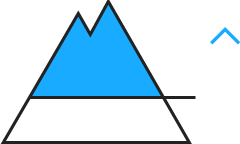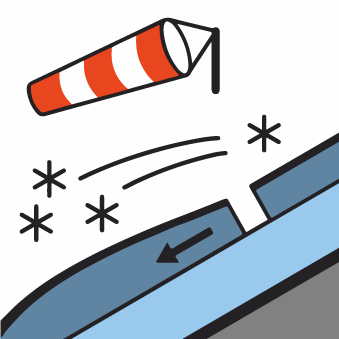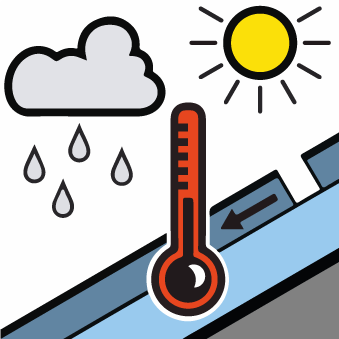
Danger level
 | 2600m |
|  |
|  | ||||
|  |
|  |

Fresh wind slabs are to be evaluated with care and prudence. Moist loose snow avalanches require caution.
High altitudes and the high Alpine regions: The fresh wind slabs are in isolated cases prone to triggering on northwest to north to northeast facing aspects. Avalanches can reach medium size in isolated cases. Regions exposed to heavier precipitation: As a consequence of warming during the day and solar radiation more frequent loose snow avalanches are to be expected, even medium-sized ones, especially in steep rocky terrain in all aspects.
Wet and gliding avalanches are possible. In very isolated cases avalanches can release the saturated snowpack and reach a dangerous size.
Apart from the danger of being buried, restraint should be exercised as well in view of the danger of avalanches sweeping people along and giving rise to falls.
The Avalanche Warning Service currently has only a small amount of information that has been collected in the field, so that the avalanche danger should be investigated especially thoroughly in the relevant locality.
Snowpack
dp.6: cold, loose snow and wind
High Alpine regions: In some localities up to 15 cm of snow, and even more in some localities, has fallen. As a consequence of a sometimes strong wind from variable directions, wind slabs formed in particular in gullies and bowls and behind abrupt changes in the terrain. High altitudes: The weather conditions will give rise to increasing and thorough wetting of the snowpack.
Tendency
Individual avalanche prone locations for dry avalanches are to be found in extremely steep terrain. As a consequence of warming during the day and solar radiation only isolated loose snow avalanches are to be expected, especially in steep rocky terrain in all aspects.

